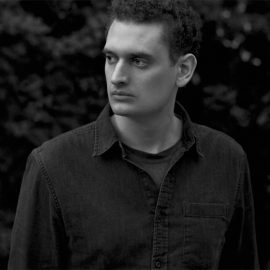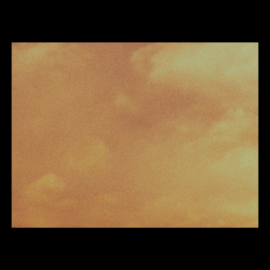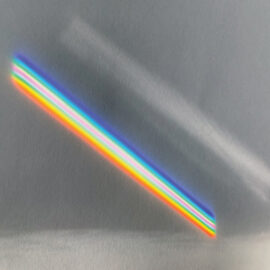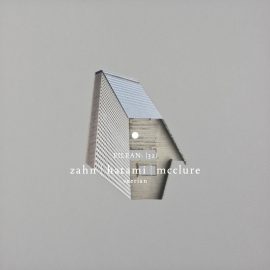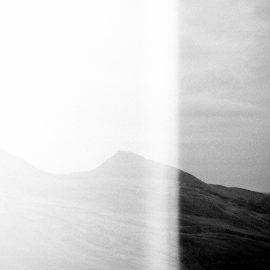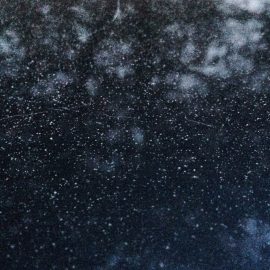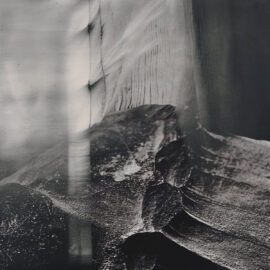The following is an excerpt from an Interview with Jason van Wyk, who is currently the featured artist on Headphone Community. Join us in this ongoing discussion right now and have the opportunity to ask your questions as well. On the platform, you will also find previously unreleased tracks, massive discount codes (80% OFF Attachment, Opacity, Threads, and Descendants!), and many other exclusive perks! Additionally, the real game-changer of this new platform lies in the fact that your every single contribution goes back directly to supporting the artist. Join us now for an ongoing conversation about music, where this interview is currently in progress, published in multiple parts!
Your music has a very distinct, delicate aesthetic. What emotions or imagery do you hope to evoke in listeners when they immerse themselves in your soundscapes?
It usually starts with a feeling or a memory that I’m trying to bring across in the music for myself. That becomes an anchor for the track while I’m working. I can’t say I ever aim to evoke anything specific for the listener, though. Once the music is out there, I’d like the listener to bring their own experiences and emotions to it. I love the idea of different people hearing the same piece of music and coming away with completely different interpretations. If my music makes someone feel something real, even if it’s not at all what I felt when I made it, that’s the best outcome I can hope for.
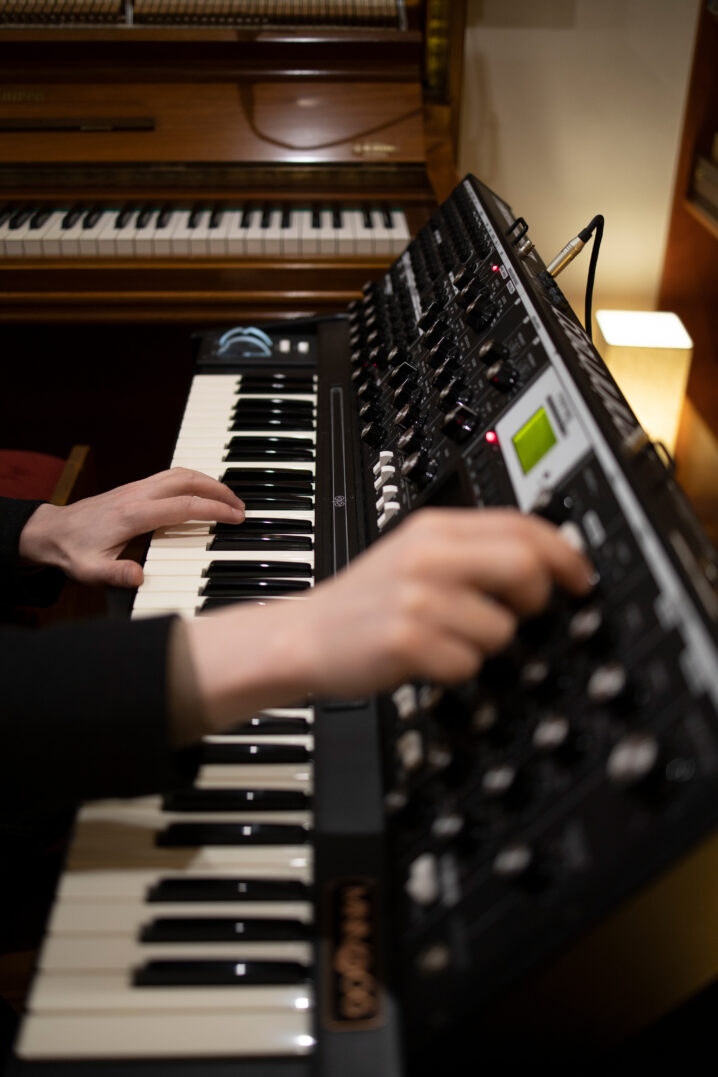
When you set out to compose a piece, do you usually have a particular story or feeling in mind that you want to convey, or do you let the music find its own narrative as you create it?
It depends, as each track has its own path, but both of those situations can apply. Sometimes I’ll sit down to write with a very specific feeling or memory I want to capture, and that can be my starting point. Other times, I’ll just start improvising and something completely unexpected will emerge; a chord, for instance, that sparks an emotion I hadn’t been thinking about prior. In those moments, I just follow where it leads. Either way, it’s always driven by feeling. For me, the music has to have that emotional connection to feel alive – it’s the soul of the track. That’s what gives it purpose and makes me feel like it deserves to be released and shared with others.
You often blend acoustic instruments (like piano and strings) with electronic textures in your work. What draws you to that interplay between organic and digital sounds, and what do you feel it brings to the character of your music?
They’re all just sounds at the end of the day, and as valuable as the next. A piano or a string section brings something completely different to the table than opening a filter on a synth or a field recording – one can’t really do what the other does, so it’s nice to have options. It really just depends on the project, though, and what the idea for it is. Sometimes fully acoustic is the way to go, other times fully electronic feels right. But a blend of both, even if it’s subtle, seems to be where I’m most comfortable. What really fascinates me, though, and what draws me to working with both, is the space in between. That line where you can’t quite tell if what you’re hearing is acoustic or synthetic. That’s always been something that excites me creatively, and I love experimenting with it. That blend often brings about the unexpected, and I’m always chasing that sense of discovery in my music.
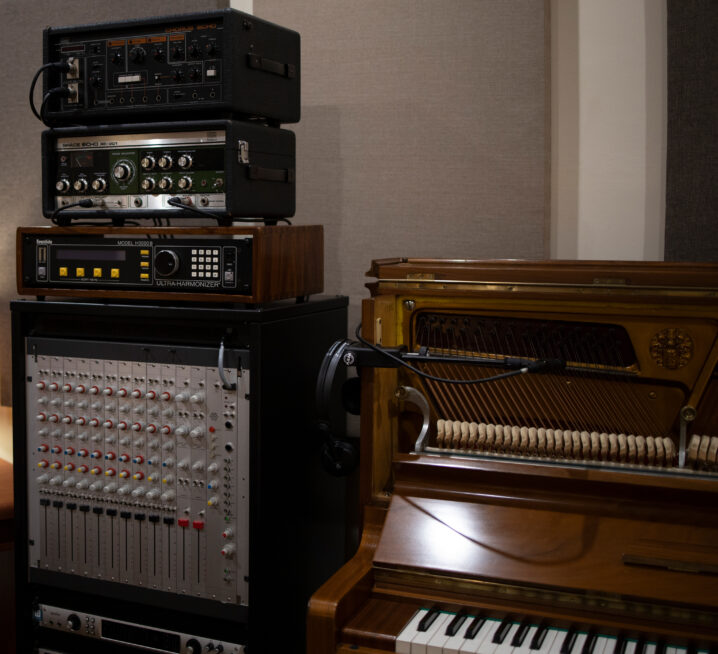
Can you walk us through your sound design process? How do you typically build up the rich layers of texture in your tracks, from an initial idea or sound source to the finished composition?
A lot of the textures start with field recordings. I used to carry around one of the Zoom handheld recorders, but I switched to the Shure MV88 with my iPhone a few years back, which made things a lot easier as I can now just Airdrop the recordings over to my Mac. Once I have a batch of recordings, I start cutting them up and running them through different processors. Omnisphere and Kontakt are usually what I grab first, and I’ll often use effects like Crystallizer or some sort of granular or spectral processing to stretch and manipulate the audio in interesting ways. It’s a lot of trial and error, though, seeing what happens when you push a sound too far or blend it with something you might not initially think will work. From there, I’ll usually layer multiple processed versions of a single source or combine it with other recordings. Sometimes the original source is completely unrecognisable by the end, but it still adds this organic quality that I’ve never been able to get any other way.
Do you have a preference for using analog hardware synths versus software instruments and plugins when crafting your sounds? How do you decide which route to go (hardware or digital) for a particular texture or atmosphere?
I don’t have a preference at all. I’m comfortable working with both. I think they each have their strengths depending on the project. It really comes down to what I’m trying to achieve. If I’m experimenting or doing some synth sound design stuff and want that analog character, I’ll use the hardware. The hands-on control and unpredictability are what I’m after in that case, and the experience of using a physical instrument yields different results compared to software. On the other hand, the experience of using software yields different results compared to hardware. If I need precise control, detailed automation, or a very specific sound, especially when working to deadlines or projects requiring multiple revisions, software instruments and plugins make more sense. It’s really about the right tool for the job.
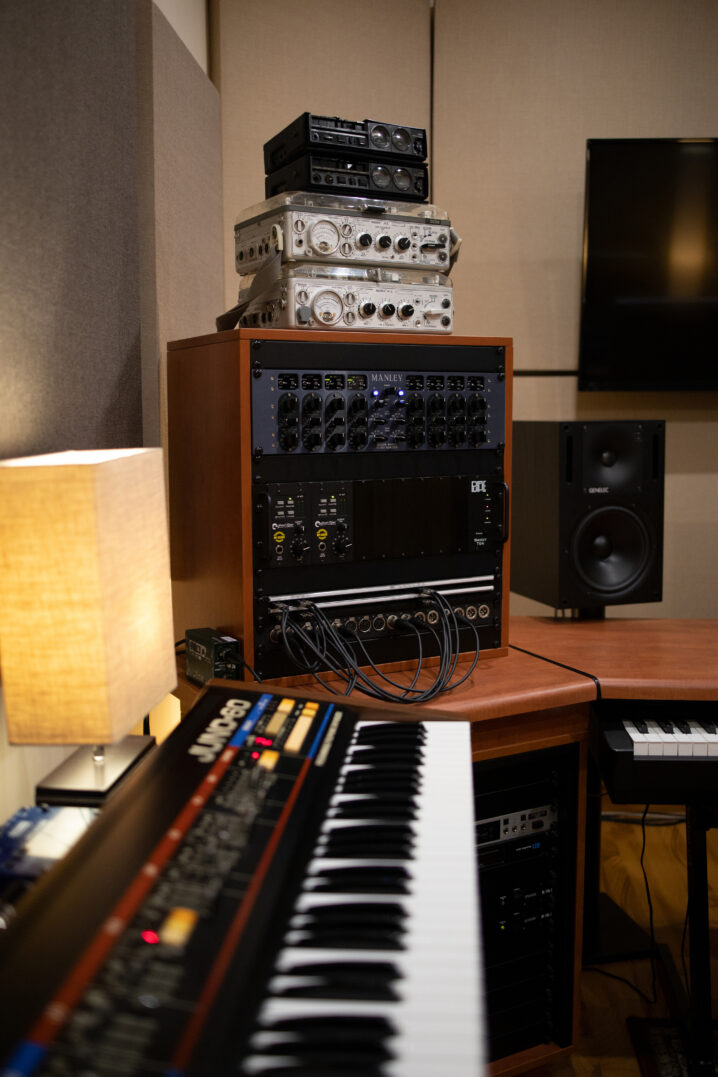
With each project, do you make a conscious effort to try new techniques or technologies in sound design? How do you keep your sonic palette evolving and avoid repeating yourself from album to album?
I don’t really force myself to try something new on every project, but I do naturally get bored if I feel like I’m repeating myself. A big part of keeping things interesting for me is changing how I work. Sometimes that’s getting a new piece of gear, or it can be diving deeper into something I already use. Experimenting more with routing and outboard gear integration lately has also ended up shaping the way my sounds evolve. I’m a big fan of leaving room for accidents. Trying new techniques or setups without overthinking them. Even subtle changes, like running something through a different plugin chain, or an old plugin chain but with those plugins stacked in a different order, can keep things moving forward.
On the flip side, with the vast amount of technology and gear available today, how do you avoid option paralysis in the studio? Do you impose any limitations or have any routines to help you stay focused on the music rather than getting lost in the tools?
I usually start with a very limited number of sounds. If something isn’t clicking after a while, I’ll swap it out or try a different approach, or I’ll intentionally avoid using certain gear to get a different result. I also have times where I’m not specifically composing or producing but trying things out, like demoing plugins or playing around with a new piece of hardware. If it does something I like, then it stays installed or stays in the studio, and it becomes something to use for the next project, or it might even inspire the start of something new. That said, the feeling behind a track is always the guiding light. If that’s strong enough, I usually know when I’m veering off course and just fiddling for the sake of it.


